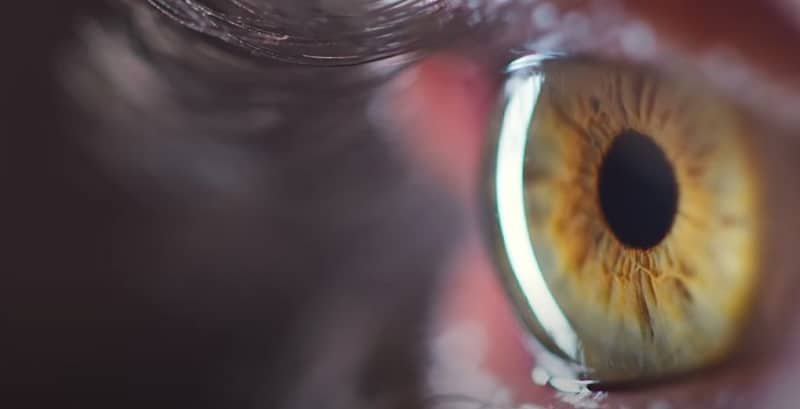In the realm of skilled motorcycle riding, vision is paramount. You may have often heard the phrase “keep your eyes up,” but the concept goes far beyond this simple directive. Today, let’s delve into the intricacies of vision, which entails more than merely looking ahead or lifting your gaze.
Vision, when it comes to proficient riding, implies an active quest for hints, signs, and landmarks that can aid us in navigating our motorcycle as effectively as possible. This active pursuit constitutes the secret weapon of accomplished riders.
The Mechanics of Our Vision
Before we venture further into this, let’s understand how our visual system works.
Similar to a camera, our eyes capture light that enters and strikes the light-sensitive cells at the back of our eyes, much like a camera film or sensor.
Interestingly, the image projected onto the back of our eyes is actually upside-down, akin to a reflection in a spoon. Our brain flips this image, making sense of the information captured by our eyes.
Our eyes are equipped with rods and cones spread across the back. Put simply, cones are responsible for capturing color and detail, mainly concentrated in the center.
Rods, on the other hand, capture light and are densely packed towards the periphery. This configuration explains why we see mostly monochrome in low-light conditions and why a dim star becomes visible when we look slightly away from it.
It is also crucial to realize that we get clear details only in the center of our visual field, with details reducing as we move further from the center.
Another critical point to note is the presence of a blind spot in our vision where the optic nerve connects to our eyes. Lastly, our eyes can detect movement, an evolutionary gift for hunting and evading predators.
Our eyes can be fooled, as evidenced by optical illusions. These illusions may create jitters in patterns, make static leaves seem to move or make gray images appear colored.
Leveraging Our Brain’s Amazing Capabilities

What if we harness our understanding of our vision to improve our motorcycle riding skills instead of being fooled by optical illusions?
Our brain is truly incredible. It interprets the upside-down information received from our eyes, fills in blind spots, color deficiencies, and detail deficiencies, and creates the most comprehensive image possible. Our brain can even “zoom in” on distant or tiny objects to obtain more details.
Have you ever noticed how your surroundings blur when you’re engrossed in a book or movie? This is similar to what happens when we get scared and fixate on a particular threat, say, a pothole or a rock in the middle of a corner, a guardrail, or a street sign.
When we focus intensely on one object, we tend to lose awareness of other details, just as when we’re engrossed in a movie.
Furthermore, our eyes naturally center in our sockets, which necessitates active movements of our heads while riding.
We must constantly move our heads, guiding our gaze towards all pertinent details to provide our brains with as comprehensive a picture as possible. This allows us to “see everything” and “look at nothing.”
Seeing Everything, Looking at Nothing
As riders, we should be actively scanning our surroundings, avoiding fixation on any single element. We should be aware of the road surface, the oncoming car, pebbles by the roadside, the guardrail, and even the tar snakes (or “gummy worms”) without obsessing over any of these.
Keep this mantra in your head during your next ride: “See everything. Look at nothing.” Keep actively seeking potential hazards, and as soon as you identify one, move on to spotting the next one.
This proactive strategy gives you more than just “keeping your eyes up” or “looking ahead.”
Through this active scanning, we feed our brains ample information to construct a complete picture of our surroundings.
By identifying potential risks as early as possible, we get a great visual lead, which means we will be visually and mentally further ahead of the motorcycle. This approach helps reduce our sense of speed and anxiety, allowing us more time to develop a strategy to tackle all the factors we need to consider as riders.
To sum it up, remember: “See everything. Look at nothing.”

